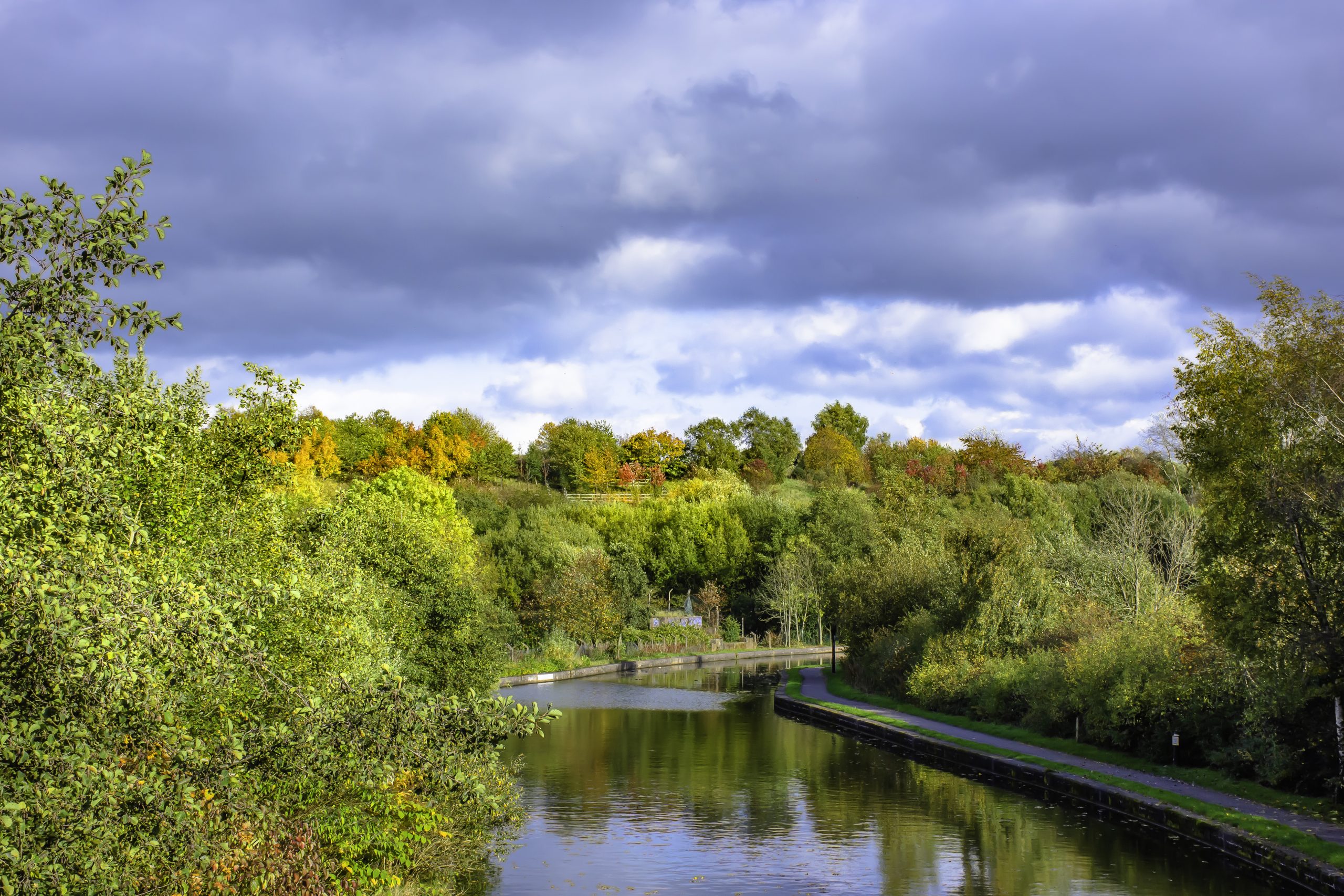What are the aims and limitations of the LNRS?
The LNRS will identify the key priorities and measures for nature recovery in Staffordshire and Stoke-on-Trent and show the areas that are most suitable for these.
The LNRS is a strategy
Rather than tell you what must be done, it will tell you what could be done, and where these actions would be most beneficial.
It is designed to align with existing guidance, policies, and action plans, and to inform future documentation; It will also give consideration to wider environmental, economic, and social benefits, assisting as a decision-making tool to guide and inform development, land management, and green finance.
What the LNRS is not
The LNRS is not a Delivery Plan. Instead, it is a mechanism through which other measures and interventions may be delivered. It informs but does not mandates delivery.
The LNRS is non-binding. Responsible Authorities are legally required to prepare an LNRS, but there is no obligation to deliver the associated actions where their suitability is identified. However, the Environment Act does require that the LNRS is reviewed and republished, and the LNRS will be designed to be monitorable and measurable, so that progress on delivery and its level of success can be assessed.
The LNRS does not confirm any level of protection on land, nor does it prevent land uses such as farming or development. LNRS Local Habitat Maps are opportunity maps that will guide and inform planning and deliver maximum benefit from nature recovery activities. They do not prevent areas identified on the opportunity maps from being used for other purposes.
The LNRS does not give permission to create habitat without consulting specialists in Historic Environment, ecology, landscape, access and more. The LNRS does not replace the need to carry out detailed field survey and design work as part of a delivery plan.

